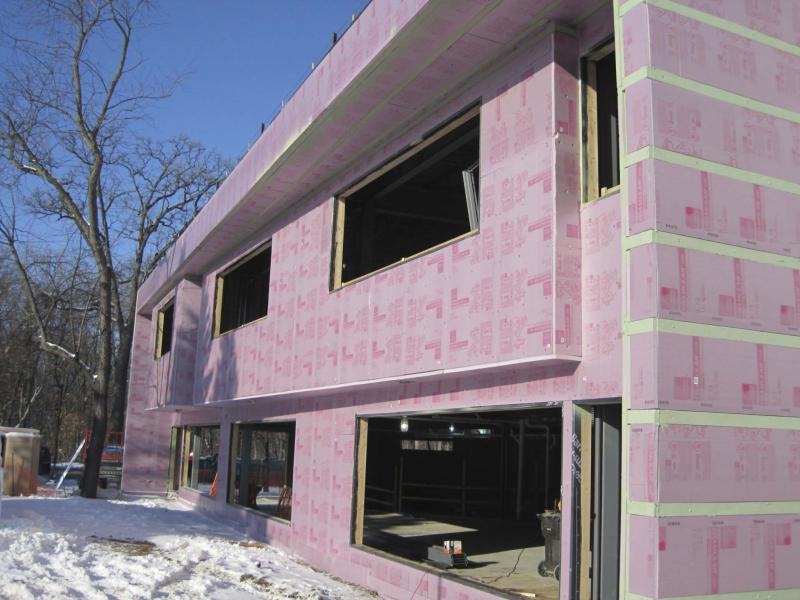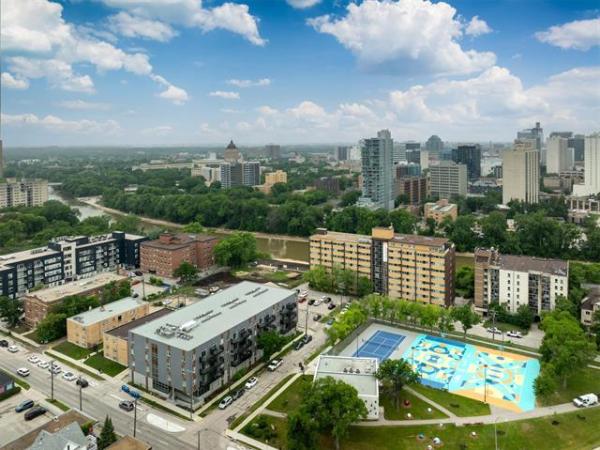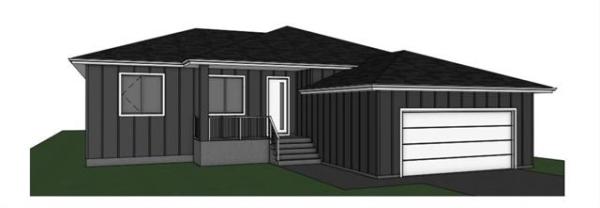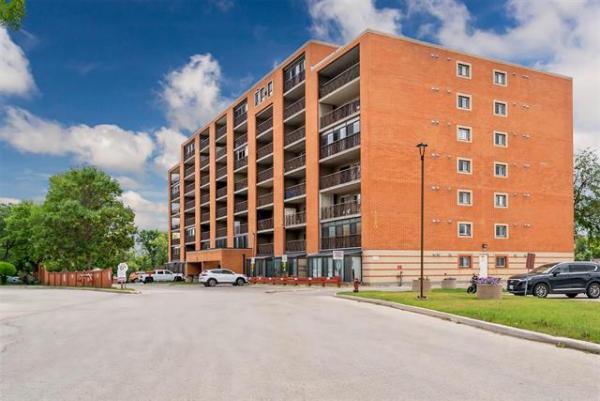Question: My son has an old house, with dry foundation walls, but some leakage in the floor. We’ve studded the walls with two-by-fours and put in R12 insulation with a 2.5-centimetre gap behind the insulation. I was very nervous about packing it against the wall, as I was worried about leakage. Around the outside of the home, we have put 1½-inch Styrofoam, plastic and limestone to prevent any leakage, as there are no weeping tiles. I don’t mind leaving a five-cm gap at the bottom of the stud walls. We were going to get the interior walls spray-foamed, but if you say it’s OK to pack the insulation tight against the wall, then this is what we’ll do. But I’m still nervous about doing that.
Any advice would be appreciated.
— Thanks a whole lot, Ron Wilkinson
Answer: There are many different opinions about what is the best way to insulate a foundation of an older home. These vary with region, soil conditions, cost effectiveness and other issues. I will offer you my advice based on our southern Manitoba climate and soil and you can judge for yourself what is best for your son’s home, but insulating the entire wall cavity is a must.
I am not fully clear on whether you have completely excavated the outside of your son’s foundation to the footing, but that appears to be the case from your inquiry. I will assume that is so, but I wonder why you did not install modern drainage piping and a sump pit when you went to all that trouble to excavate the exterior. Regardless, insulating with extruded polystyrene (XPF) insulation on the exterior of the foundation is an excellent idea. While this may not be completely effective in preventing seepage, it will help warm the concrete foundation walls, eliminating many of the problems associated with inside insulation. Because of that method of insulation, it will not matter as much how you insulate the inside, but you must still fill the entire wall system with insulation.
The benefit of installing XPF insulation on the outside of the foundation is that you are preventing excessive heat loss to the soil and cold air outside the home from the concrete foundation walls. This will make the foundation warmer, preventing the possibility of excessive condensation, frost, and mould formation inside the foundation walls. It may not completely eliminate the possibility, but it will certainly decrease the chances by a wide margin. If well-sealed, it may also create a partial air/vapour barrier in that location, lessening the need for a very well-sealed one on the inside of the basement. Because of your efforts, insulation on the inside of the foundation walls may not be completely necessary, but I will assume you want to further reduce heat loss through this area with added insulation on the interior.
Fiberglas or mineral fibre batt insulation on the interior foundation walls must be installed with no appreciable gap between the insulation and the concrete. While I understand your concern about it absorbing any moisture leaking through the foundation, that should not be a major concern. First, you have taken measures to prevent this with your recent exterior insulation job. Also, I would hope that you damp-proofed the exterior foundation surface prior to installing the XPF. That should make the walls very resistant to moisture penetration, eliminating much of your concern.
Secondly, leaving an air space between insulation and the foundation walls will create an ideal location for air intrusion into that wall system from the basement. If that heated, moist air in the home would leak into the wall cavity, which is almost a certainty no matter how good the air/vapour barrier is installed, and it can easily rise up from the floor by convection through the gaps in the insulation. It will cool as it rises, due the contact with the colder foundation wall. If the air cools to its dew point, condensation will form on the concrete, which can freeze in very cold winter temperatures. On warmer days, or in the spring, this frost will melt and either run down the wall and leak out on to the basement floor, or wet dust, dirt, and debris inside the wall cavity, which can lead to mould growth.
The reason that any insulation installed in this wall system should be installed up against foundation wall is to prevent voids that allow air to flow freely behind the insulation. Even though Fiberglas insulation will let air pass through, it may be enough to prevent excessive air movement, leading to condensation. Some air leaking into the Fiberglas may condense, but this should be minimal and should eventually dry out over the summer months, preventing mould growth. Having the XPF on the exterior of the foundation walls should further prevent frost buildup, as the temperature within the Fiberglas batts on the interior will rarely drop below freezing, due to this outside insulation.
As far as leaving a large gap at the bottom of the insulated wall to prevent wet insulation, that would also be a big mistake. That would only allow more air leaking into the wall assembly, at the critical point along the floor.
Leaving a gap between double-bottom wall plates to allow for floor movement is wise, but that space must also be completely filled with insulation. If you are worried about Fiberglas batt insulation getting wet at that location, using XPF or other foam-based insulation in just that area may be a better choice.
Insulating a foundation wall at the exterior, as you apparently have done in your son’s home, is a wise choice but will not eliminate the need to completely fill all cavities within any insulated interior walls against the foundation. Condensation and mould growth is still a possibility if these areas are not totally insulated, whether with Fiberglas, mineral fibre, or foam-based insulation materials.
Ari Marantz is the owner of Trained Eye Home Inspection Ltd. and the past president of the Canadian Association of Home & Property Inspectors — Manitoba (cahpi.mb.ca). Questions can be emailed to the address below. Ari can be reached at 204-291-5358 or check out his website at trainedeye.ca.
trainedeye@iname.com




